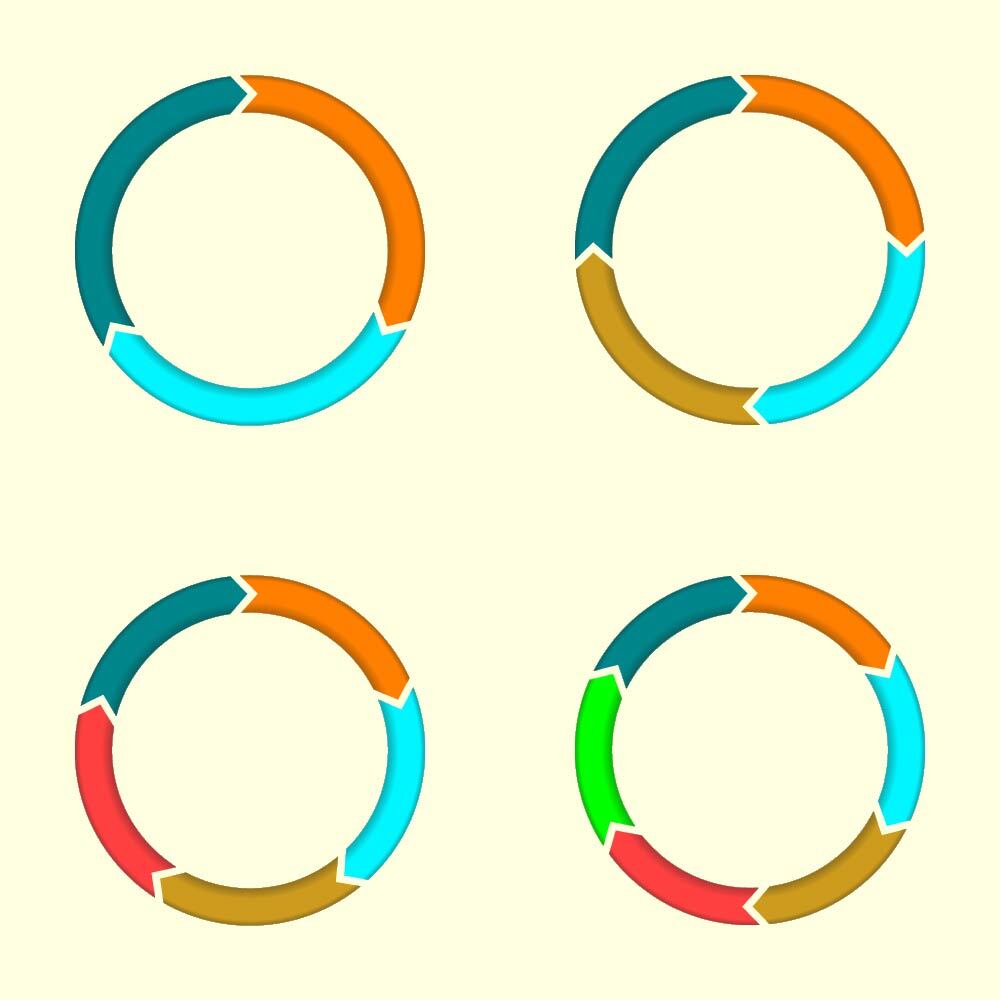Two of the cornerstones of science advancement are rigor in designing and performing scientific research and the ability to reproduce biomedical research findings. Information provided on this webpage provides information about the efforts underway by NIH to enhance rigor and reproducibility in scientific research. It also provides the extramural community assistance in addressing rigor and transparency in NIH grant applications and progress reports.
Goals
The NIH strives to exemplify and promote the highest level of scientific integrity, public accountability, and social responsibility in the conduct of science. The application of rigor ensures robust and unbiased experimental design, methodology, analysis, interpretation, and reporting of results. When a result can be reproduced by multiple scientists, it validates the original results and readiness to progress to the next phase of research. This is especially important for clinical trials in humans, which are built on studies that have demonstrated a particular effect or outcome.
Grant applications instructions and the criteria by which reviewers are asked to evaluate the scientific merit of the application are intended to:
- ensure that NIH is funding the best and most rigorous science,
- highlight the need for applicants to describe details that may have been previously overlooked,
- highlight the need for reviewers to consider such details in their reviews through updated review language, and
- minimize additional burden.
Learn more about rigor and reproducibility below.

Principles and Guidelines for Publishing Preclinical Research
Explore principles to enhance rigor and further support research that is reproducible, robust, and transparent, developed by journal editors at a workshop representing over 30 basic/preclinical science journals.

Guidance: Rigor and Reproducibility in Grant Applications
Learn how to address rigor and reproducibility in your grant application and discover what reviewers are looking for as they evaluate the application for scientific merit.

Resources for Preparing Your Application
Resources for Preparing Your Application Learn how to prepare a rigorous application with select excerpts of rigor from awarded applications, authentication plan examples, and resources like the experimental design assistant (EDA), guidance on sample size calculation, and more.

Training and Other Resources for Rigor and Reproducibility
Resources and training on many aspects of rigor and reproducibility, including sex as a biological variable, research methods, reviewer guidance and more.

Meetings and Workshops for Rigor and Reproducibility
NIH has hosted a number of meetings and workshops focused on rigor, reproducibility, and transparency in scientific research. A variety of other events have incorporated these topics as important components as well.

Notices, Blog Posts, and References for Rigor and Reproducibility
We are continuously working to enhance scientific rigor and transparency in biomedical research. Learn more about the timeline of our efforts.